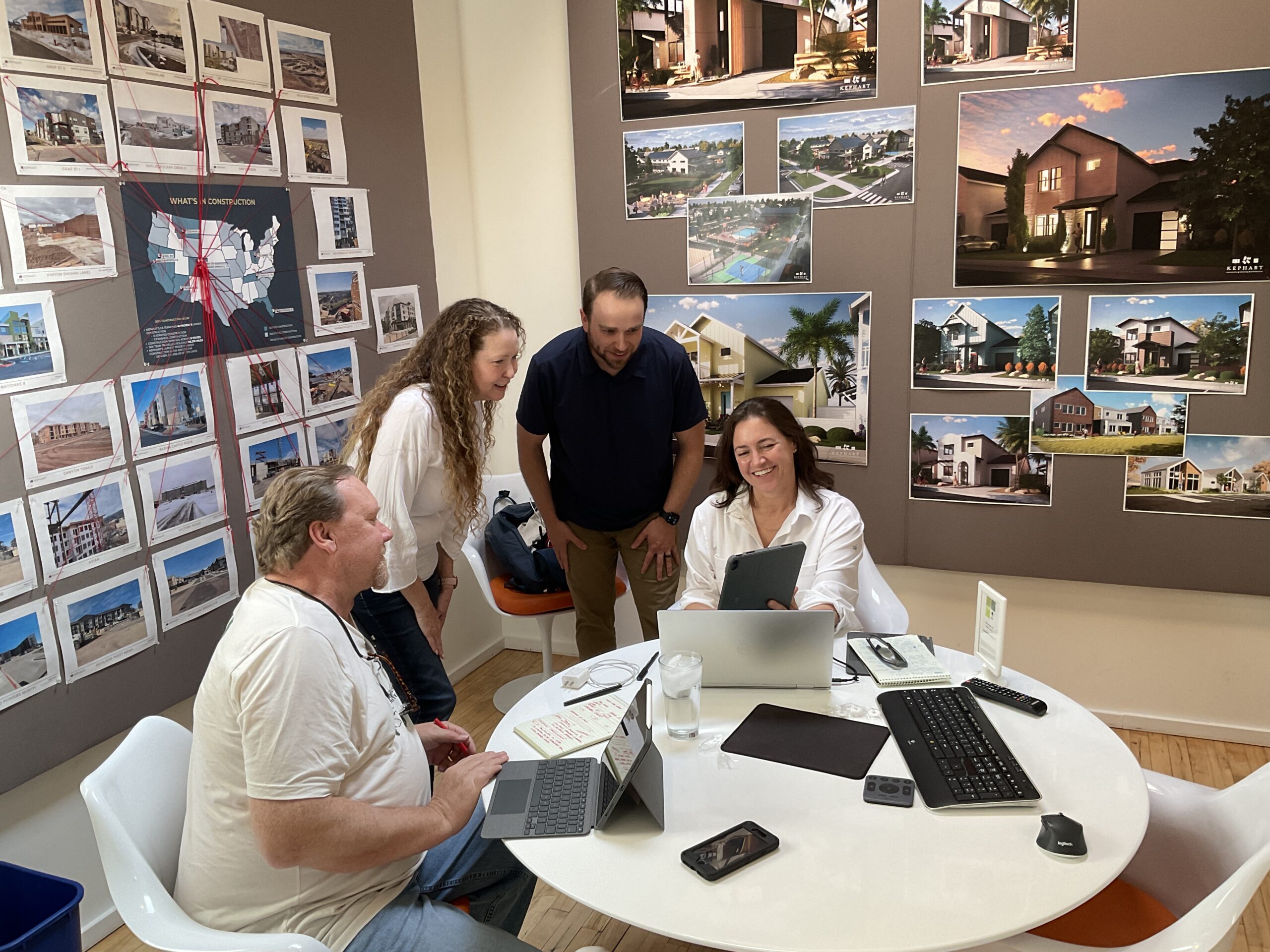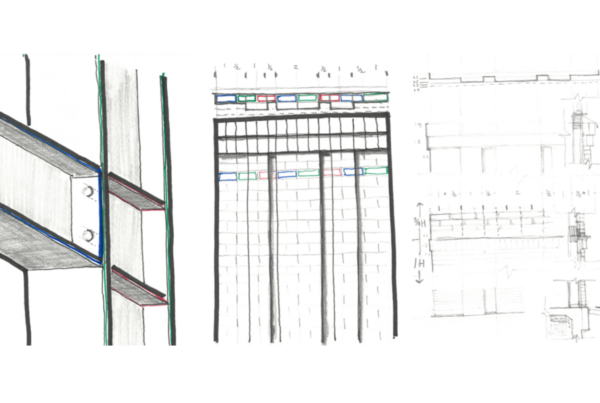R&D Day is an opportunity for KEPHARTIAN’s to dedicate their time to develop their skills while connecting with peers in the spirit of “commitment to improvement” one of our core values. This year, the Construction Administration (CA) Team focused on enhancing our field observation reporting process—a critical component of ensuring smooth and efficient construction progress. Our goal was to retain the detailed information of our current reports while reducing complexity and improving the connection between field observations and actionable insights.
Evaluating Tools for Better Reporting
The team began by evaluating several software tools, including Build, ArchiSnapper, ArchiReport, and Microsoft PowerPoint. Each app offered unique features aimed at addressing inefficiencies in our current system. During the research phase, we intentionally avoided tools designed for general contractors, as these included capabilities unnecessary for our specific needs.
On R&D Day, we dove into the selected apps, focusing on creating customized templates to support a clear and consistent reporting structure. The templates were designed to capture essential information such as project details, field data, and observations, including action items and photos. By mid-morning, every team member successfully created a working template and began identifying the strengths and weaknesses of each app. While some tools allowed intuitive customization, others required provider support to meet our specific needs.
Example of Photo Markups Within the Applications
Enhancing Collaboration Through Integrated Reporting
One of the standout features of apps like Build, ArchiSnapper, and ArchiReport is their offline functionality. These tools allow project files to be accessed and updated directly in the field without requiring Wi-Fi, addressing a common challenge: the limited ability to reference project drawings during site visits. With these apps, team members can make real-time comparisons between site conditions and plans, streamlining documentation and significantly reducing the need for follow-up work after returning to the office.
An additional benefit is the option for web access offered by some apps. For example, ArchiSnapper requires initial setup via its web platform, with seamless syncing between the web and the app. This feature ensures that project data remains accessible and up-to-date, both in and out of the field.
While PowerPoint lacks the ability to host project information or drawings, its simplicity and familiarity make it a valuable tool for generating reports on-site. Observations and action items can be added directly to the report, with photos inserted or taken within the app, even without Wi-Fi.
Build, ArchiSnapper, and ArchiReport also support field-based report generation with similar workflows. Observations and action items can be documented with accompanying photos, which can be marked up to highlight key details. These apps go a step further by enabling users to link observations directly to project drawings. For example, a field condition can be documented with comments and a relevant drawing detail, ensuring clarity and context. When the report is generated, the linked drawing sheet is included for reference, and all comments are saved to the project’s hosted files. This integration could potentially eliminate the need for separate drawing sets, providing a centralized resource for teams to access and act on observations made during construction.
The ability to create and deliver reports while in the field represents a significant improvement in efficiency. Timely reporting ensures that construction issues are addressed quickly, reducing delays and keeping projects on track. Currently, much of our reporting is completed after site visits, limiting progress in the field. Adopting tools with robust offline functionality would not only streamline this process but also elevate the speed and quality of our collaboration during construction.

Looking Ahead: Insights and Next Steps
Following R&D Day, the CA Team has been meeting weekly with support from the Design Tech Team to evaluate these tools in-depth. Factors under consideration include subscription models, user accessibility, and available training and support. The Build, ArchiSnapper, and Archireport apps require subscription and vary with the number of users and user structure. This is important to consider when Project Managers, Directors and other team members complete site visits to ensure they have the same access. We’re also considering the training and support available from the app providers.
The CA Team is excited to continue refining this process. We see this initiative as an opportunity to enhance not only our efficiency but also the experience of contractors and clients during construction. Beyond the technical improvements, R&D Day also reinforced the value of teamwork and shared learning.
We look forward to implementing the insights gained and will continue to share updates as we innovate our approach to field observation reporting. By embracing new tools and ideas.









